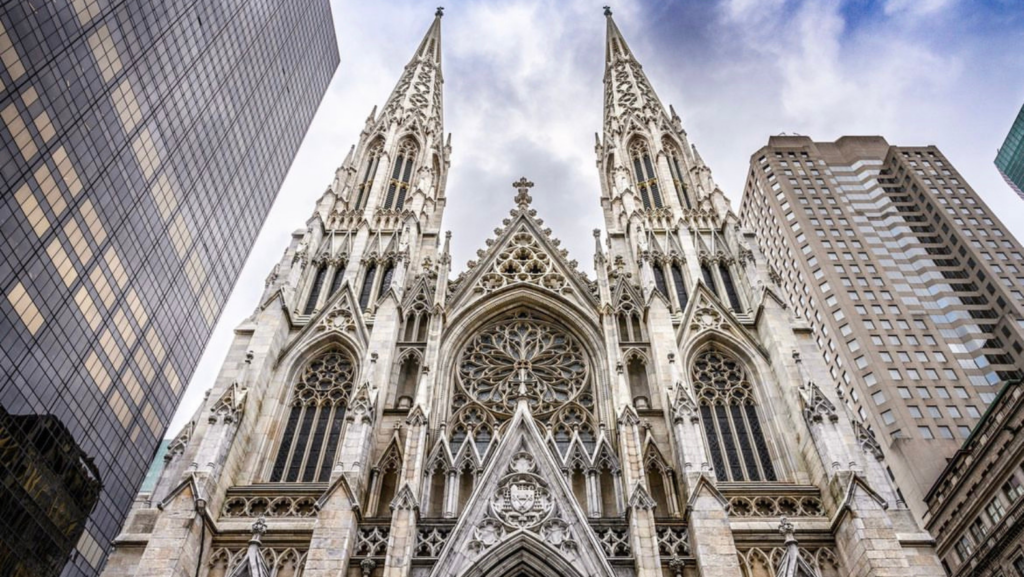San Lorenzo Ruiz’s statue now resides at St. Patrick’s Cathedral

Photo from stpatrickscathedral/Instagram
According to a recent Pew Research Center survey, 36 percent of Asian Americans, including Filipinos living in the US, reported having an altar, shrine, or religious symbol within their homes, underscoring the importance of this cultural and religious practice for Catholic Filipino families.
The Filipino diaspora holds a strong sense of faith in their religion wherever they are in the world. If you’ve been to New York or simply have knowledge of this famous landmark, perhaps through school or exposure to it in books and movies, you probably know about the historical St. Patrick’s Cathedral.
Located in Midtown Manhattan, this cathedral, designed by James Renwick Jr., holds great spiritual significance for countless visitors and residents, including Filipino-Americans. Now, this has recently gained new cultural and religious richness as the permanent home to the statue of the first Filipino saint, Lorenzo Ruiz, in the city.
This momentous occasion was marked on Oct. 25, as hundreds of Filipino priests from across the United States convened for a Pontifical High Mass, celebrating the enthronement of St. Lorenzo Ruiz.
With this, the statue can now be seen in this cathedral alongside St. Rose of Lima, the patron saint of the Philippines.
The historically mentioned event resonated deeply with the Filipino community, as the statue was donated by the late Jaime Cardinal Sin to Filipinos in New York, solidifying the strong connection between faith and Filipino heritage. In the “Big Apple,” the community held the fourth-largest position among the diverse Asian ethnic groups.
You may also like: Survey shows Asian Americans’ religiosity driven by family, culture
For Filipino Christians and the broader community, the enthronement of St. Lorenzo Ruiz at the largest Gothic Revival Catholic cathedral in North America represents not only a spiritual milestone but also a profound connection to their heritage and the enduring values of faith, resilience, and sacrifice. This further serves as a visible and enduring symbol of the Filipino diaspora’s strong faith and commitment to preserving their cultural and religious identity.

